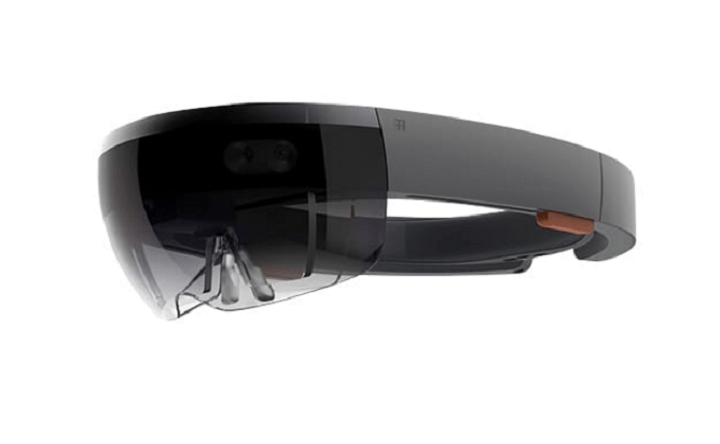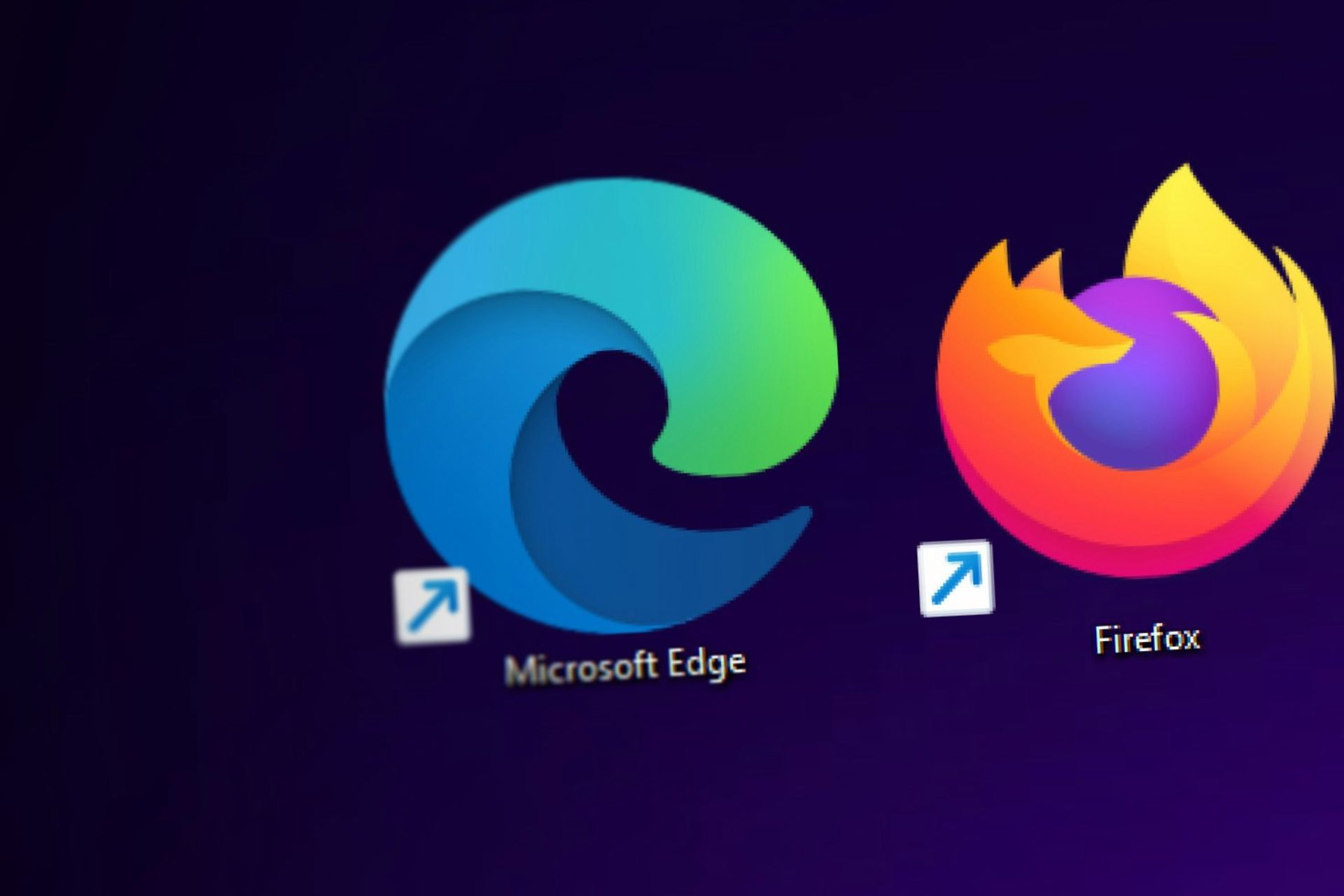Microsoft files patent to address narrow HoloLens field of view
3 min. read
Published on
Read our disclosure page to find out how can you help Windows Report sustain the editorial team Read more

While Microsoft is among the companies spearheading the introduction of augmented reality to the market, its HoloLens headset currently faces limitations in the form of a narrow field of view. To help address the issue, the software giant has filed a patent application to combine waveguide and lightfield displays into the headgear.
For starters, HoloLens implements a waveguide-based display which provides sharp, high-resolution images but has a limited field of view. Microsoft explains in its patent application that the system offers “no depth cues and low occlusion effects when presented over real-world objects.”
Other display technologies that could be used for head-mounted display devices include lightfield displays. One example of this technology is the pinlight display. According to Microsoft’s patent application, this kind of display provides “images across a wide field of view with perceptible depth cues and the ability to occlude portions of a real-world environment.” The downside, however, is that a lightfield display has low resolution, contrast, and sharpness. This results in poor image quality versus the waveguide-based or birdbath configurations.
Combining waveguide and lightfield displays
Microsoft aims to integrate the two display systems into the HoloLens headset to take advantage of their unique features. Microsoft further explains:
The present disclosure recognizes the complementary features of the above-described display configurations and provides display systems and methods that combine two types of display configurations to selectively present virtual objects via one or both of the types of display configurations based on features of the virtual objects. For example, in a display system with two types of display configurations, virtual objects to be presented in a periphery of a user’s viewspace (e.g., the viewspace of the user through a see-through display) may be presented via a display configuration that has a wide field of view.
That could mean placing the virtual object outside of the field of view of a display configuration with a limited field of view. Also, thlow-resolutionon image resulting from a wide field of view configuration may be tolerable in the peripheral area.
The combination of the two display technologies may increase the HoloLens’ field of view from 40 degrees to between 80 and 90 degrees. However, the headset’s price tag is likely to shoot up as well due to the high cost of both technologies.
Microsoft filed the patent in June 2015, suggesting that Redmond could already be working on a prototype. The full patent application is available to view from the World Intellectual Property Organization.
Will you be checking out the next version of HoloLens featuring the wide field of view system? Share your thoughts in the comments.









